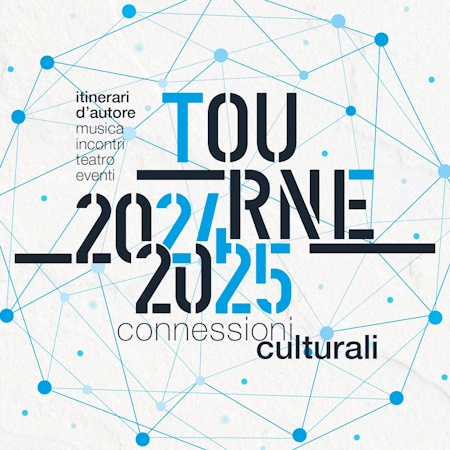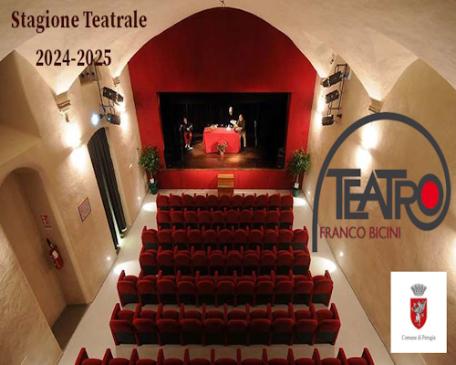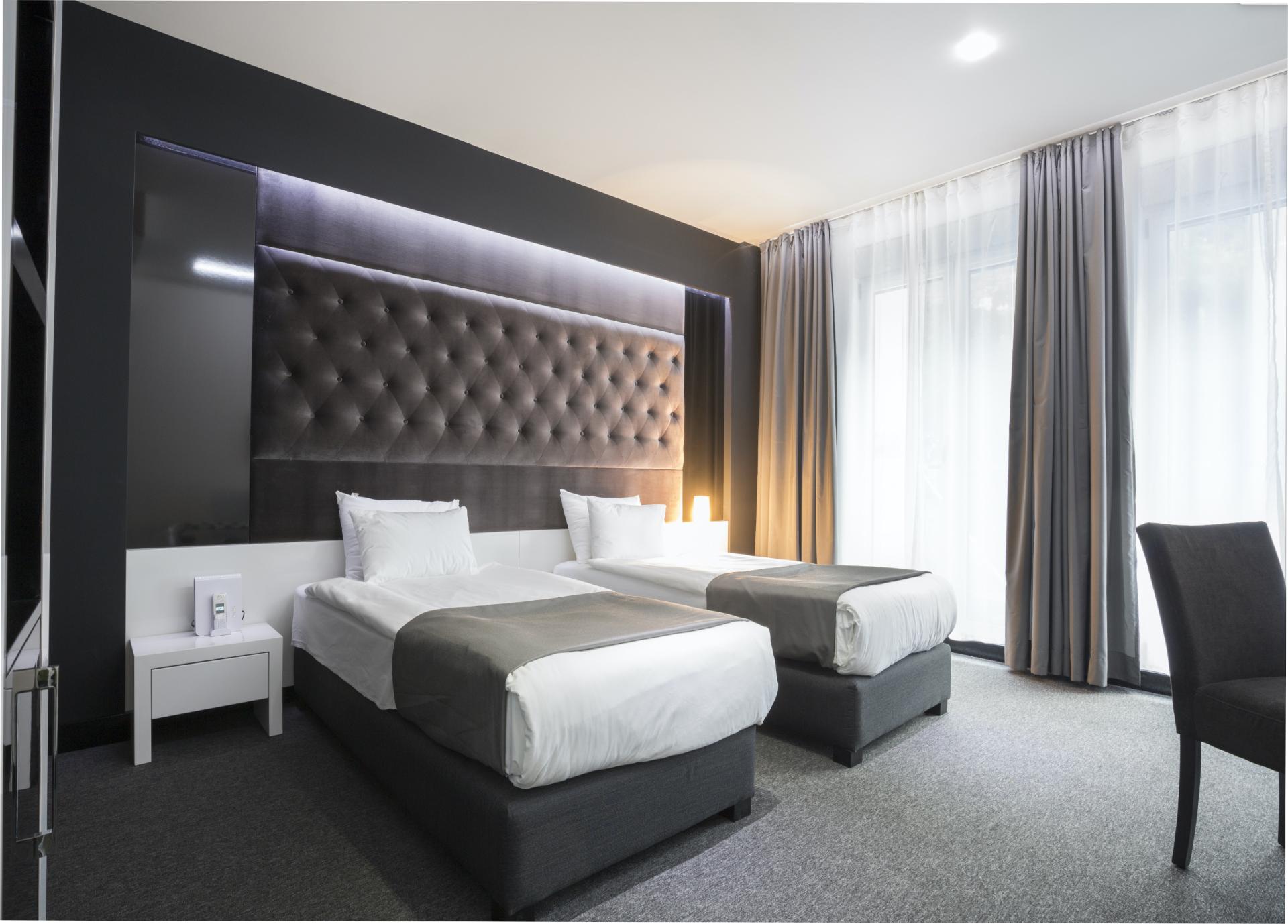HISTORY
Ficulle's origins go back to pre-Roman times, when a small rural population used the caves as a burial ground. The village took on its own identity during the period of the Empire, when it became an important control point on the Via Cassia. The chief historical documents tell of the close ties with Orvieto through the rule of the Filippeschi and later the Monaldeschi family. In 1461 Ficulle was annexed to the Papal States, under whose rule it remained until the Unification of Italy.
ART, CULTURE, ENVIRONMENT
The historic center has the typical appearance of a medieval village, and it was in that period that the urban fabric took shape, with the development of a tight weave of narrow streets, alleys and small squares. Deserving of a visit is the Castle of the Bonavicini Counts (10th-11th century); the ruins of the crenellated castle walls remain, along with two towers – one semicircular, and the other cylindrical, standing watch over a gate, Porta del Sole.
The Church of Santa Maria Vecchia (Old St. Mary's) is interesting, with a Gothic portal and some important late 15th-century frescoes, as is the Church of Santa Maria Nuova (New St. Mary's), built in the center of the village in the late Renaissance style (1606), with a nave and two side aisles and a very fine wooden choir behind the high altar.
The religious building most dear to the people of Ficulle is the Church of the Maestà: the oldest reliable information on this sanctuary goes back to the early 1600s, when it is mentioned for the first time with the name of Madonna della Maestà. The centuries-old devotion to this Madonna, whose feast day is November 21st, is still very strong and involves the entire village.
Between Ficulle and the hamlet of San Cristoforo one comes to the Church of the Madonna delle Grazie, or Convent of the Capuchin friars: the convent and church were built in 1580-1587 on a site where there was already a small chapel dedicated to Our Lady of the Lily.
Worthy of a visit nearby is the Castle of the Sala, a typical example of medieval architecture (12th-13th century). Originally owned by the Monaldeschi family, who made it an impregnable fortress, today it is the home of a successful winery run by the Antinori, a noble family of marquises.
Ficulle is surrounded by a pristine environment where nature and culture exist in perfect harmony and help to create a place where it is possible to practice the art of "living well," which preserves the values of rural life and establishes a close relationship with the natural environment.




















.jpg/59c37a8c-4576-ad5d-b902-45b108fa3d68?width=456)





